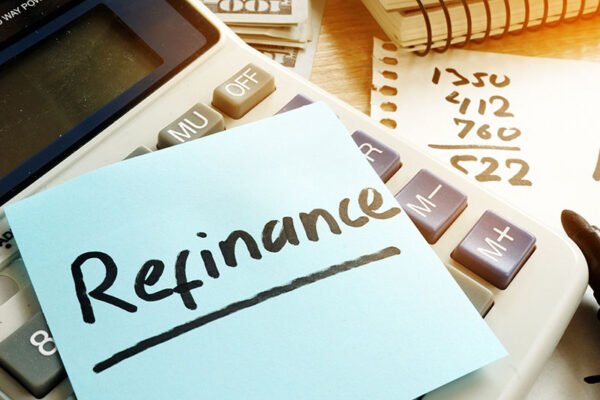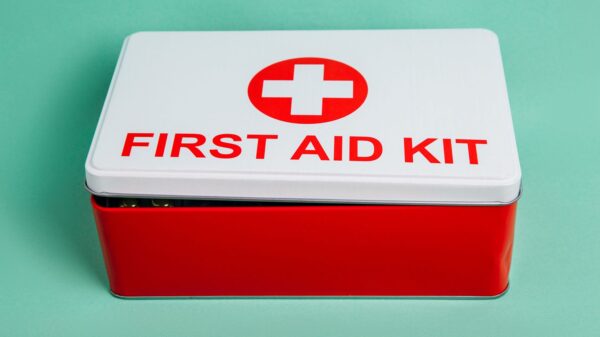
Saving Money for Your Children’s Education and Future

As a parent, having a financial plan in place for your children will make life easier now, and in the future, and you may even get in touch with someone like this company offering Financial Planning Services Grand Rapids to get a plan in place to make this happen. It’s understandable to want the best for your kids, and that includes ensuring they can receive a quality education – no matter the cost.
Unfortunately, that cost seems to keep rising. The average cost of tuition at a four-year college is over $25,000.
Even with the best of intentions, financial emergencies can happen, and you might struggle to establish the budget you need to save for the future. So, what can you do to make sure you’re saving the right way for your children’s education? How can you set them up for success by having enough put away to invest in their education?
Cutting Costs From Your Budget
The easiest way to put away money for your child’s education is to stop spending money now where it isn’t necessary.
One survey found that about 80% of Americans have some kind of budget in place to manage their finances. But, not all of those budgets include money you want to put away and save for something specific.
Whether you have a specific savings goal or not, cutting costs from your budget and re-evaluating your spending habits can make it easier to save money you were already spending on something else. Some easy ways to cut costs from your budget include:
● Dining out less frequently
● Canceling subscription services
● Lowering your home expenses
● Consolidating any debts
You can also look for small ways to save money each day, like paying less for gas by utilizing apps or searching around for the best prices. Buy groceries based on what’s on sale. Shop at thrift stores or consignment shops rather than spending double the amount on new clothing. The more small changes you can make in your everyday life, the easier it will be to sock away a bit of money at a time. It will add up faster than you think!
Being Prepared for an Emergency
It’s not uncommon for a household to have an “emergency fund”. Life happens, and you never know when you might take a financial hit. One hospital visit could end up causing a lot of debt without the right insurance. A car accident could force you to purchase a new vehicle. A natural disaster could wreak havoc on your home, forcing you to spend money on things like clean-up, water damage, and mold removal.
If you don’t have an emergency fund, all of the money you’re saving for your child’s future could quickly get used up. So, what can you do to build that fund and keep your family prepared if disaster strikes? Try some of these easy tips:
● Set small savings goals rather than one large goal
● Automate your savings
● Start with small contributions
● Don’t open new credit cards
Keeping your emergency fund separate from your child’s education fund is a smart move. It will make you less tempted to take from their education and future. Having a general savings fund is better than nothing, but when there isn’t a clear specification of where that money should go, you’re going to end up using it as needed, and there may be nothing left for your children’s education.
No matter how young your children are, now is the time to do your homework. Costs are on the rise for nearly everything. But, by planning now, it’s more likely you’ll be able to afford a fine education by the time your child is ready to start that chapter of their lives. Research different savings plans, find ways to cut costs and be as prepared as possible for anything life might try to throw at you. That preparedness will lower your stress and make sure your child gets the education they deserve.














































